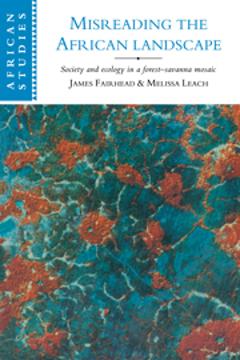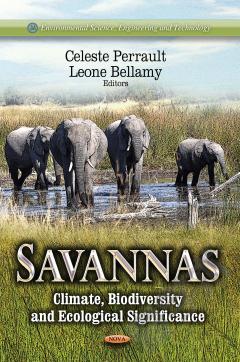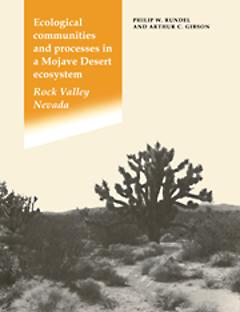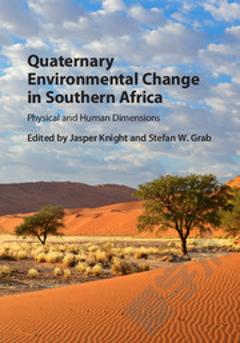Misreading the African Landscape: Society and Ecology in a Forest-Savanna Mosaic
Islands of dense forest in the savanna of 'forest' Guinea have long been regarded both by scientists and policy-makers as the last relics of a once more extensive forest cover, degraded and degrading fast due to its inhabitants' land use. In this 1996 text, James Fairhead and Melissa Leach question these entrenched assumptions. They show, on the contrary, how people have created forest islands around their villages, and how they have turned fallow vegetation more woody, so that population growth has implied more forest, not less. They also consider the origins, persistence, and consequences of a century of erroneous policy. Interweaving historical, social anthropological and ecological data, this fascinating study advances a novel theoretical framework for ecological anthropology, encouraging a radical re-examination of some central tenets in each of these disciplines.
{{comment.content}}








 京公网安备 11010802027623号
京公网安备 11010802027623号